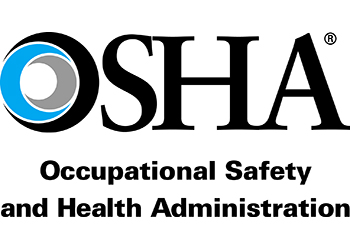It's important to monitor workplace air quality because enclosed spaces tend to trap and contain higher volumes of airborne contaminants. Air quality plays a key role in the overall health and safety of technicians, machine operators, and individuals in surrounding areas.
Machining processes, ventilation, airflow, humidity, and temperature all factor into workplace air quality. Dust from construction, mold, pesticides, and cleaning supplies can also contribute to poor workplace air quality.
When airborne contaminants go uncontrolled, they settle on worksurfaces and flooring creating potential risks of equipment malfunction and slip and fall injuries. Being exposed to poor air quality can result in health issues such as headaches, dizziness, and eyes, nose, and throat irritation. Long-term exposure presents higher risks of asthma, bronchitis, emphysema, nervous system effects, kidney damage, and cancer.
Improving the air quality in your workplace not only helps your business meet state, regional, and local regulations but also helps lower utility bills and employee sick days. Cleaner indoor air also improves productivity rates, employee concentration, and product quality.


(A) Requires employers to furnish a place of employment which are free from recognized hazards that are causing or are likely to cause death or serious physical harm.
(B) Each employee shall comply with occupational safety and health standards and all rules, regulations, and orders issued pursuant to this Act which are applicable to his own actions and conduct.
For a comprehensive overview of these requirements, refer to the General Duty Clause of the OSH Act.
Call Us Today -or- Request A Quote! Request a Quote